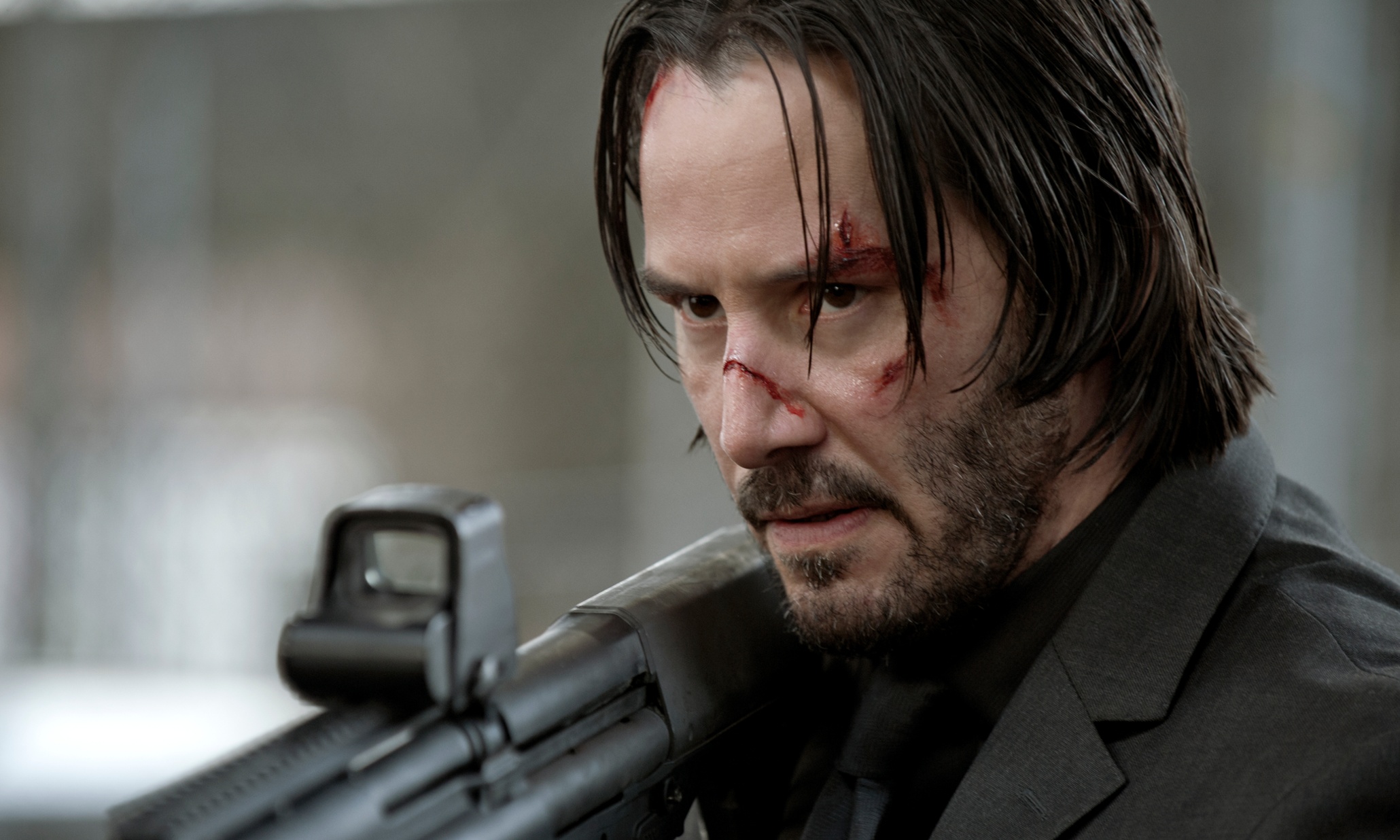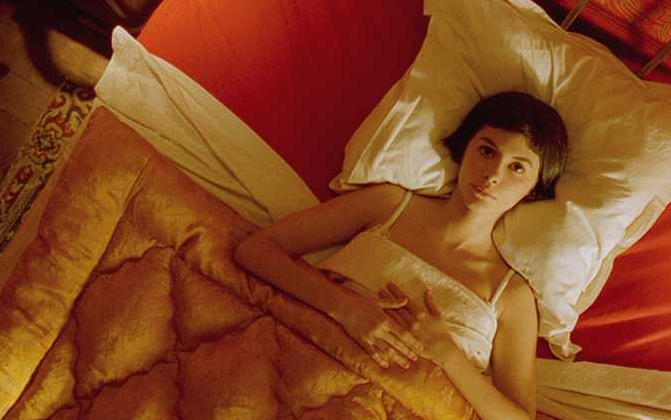2. Angle
- The relationship of the camera’s position to the object.
High angle: The camera is placed above the action.
These angles typically make the subject look smaller and insignificant.
Aerial shot: A very high angle shot, often shot from a helicopter or plane. Subjects from this shot may appear as unrecognisable at first, whereby the audience look down at the action from very high up. People are made to look insignificant and ant-like.
Eye level: The camera is placed straight on and directly to the
subject. This is perceived to be a fairly neutral shot.
Low angle: The camera is placed below the subject. This increases
height and indicates higher status. The figure on screen is
represented as dominant and powerful. The background of a low angle shot tends
to be a sky or a ceiling.
High hat shot: A very low angle shot, positioned at
about the height of a hat on a floor.
¾ shot- a shot that is positioned half way between a frontal and a
profile.
Profile – A shot which is captured from a side angle.
Over the
Shoulder shot (OTS) - A shot typically shooting over the shoulder of a
character in conversation, displaying the person they are talking to.
Canted
frame: This is also referred to as a ‘dutch’ angle', whereby
the camera is tilted sideways. It usually represents a point of view shot from
a particular characters viewpoint. The camera is usually hand-held for this
effect.
Point of
view: A shot which shows what a character is seeing.
Applying angles to 'Child Eyes'
It is clear that angles are important in terms of how they represent particular characters, as well as their personal thoughts and feelings.
Point of view shots in 'Child eyes' should be frequent to allow the audience to see the world as Michael sees it. A series of high angle shots can be used at the beginning to reflect upon Michael's unfulfilled life and low angle shots can be used towards the end, to highlight Michael becoming joyful. Eye level shots would centralise Michael's emotions, as the audience are placed directly in front of him, allowing a more personal glance into his lifestyle. Furthermore, the canted angle can potentially be used to display Michael's unstable life.
It is clear that angles are important in terms of how they represent particular characters, as well as their personal thoughts and feelings.
Point of view shots in 'Child eyes' should be frequent to allow the audience to see the world as Michael sees it. A series of high angle shots can be used at the beginning to reflect upon Michael's unfulfilled life and low angle shots can be used towards the end, to highlight Michael becoming joyful. Eye level shots would centralise Michael's emotions, as the audience are placed directly in front of him, allowing a more personal glance into his lifestyle. Furthermore, the canted angle can potentially be used to display Michael's unstable life.








No comments:
Post a Comment